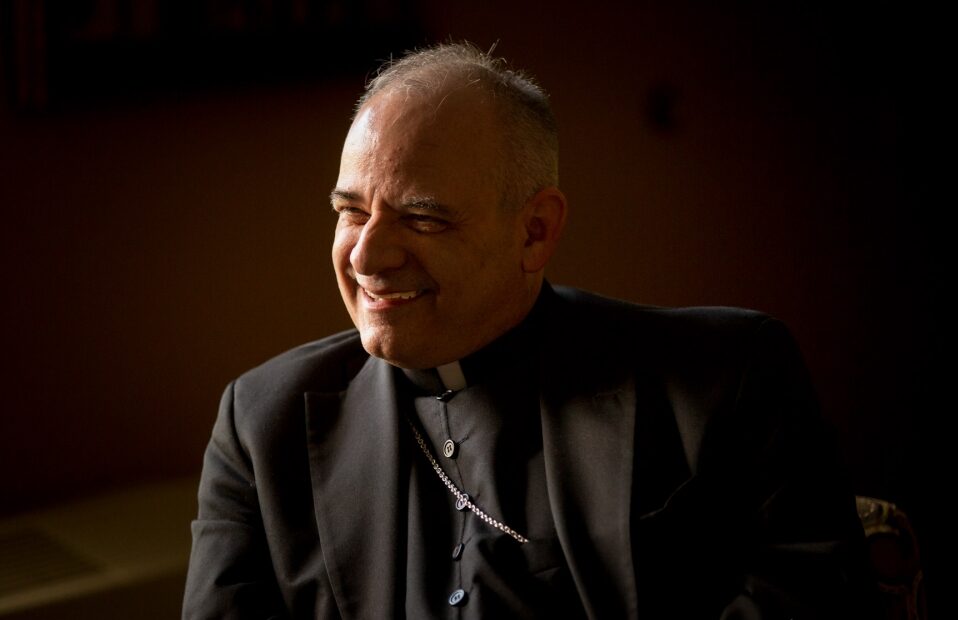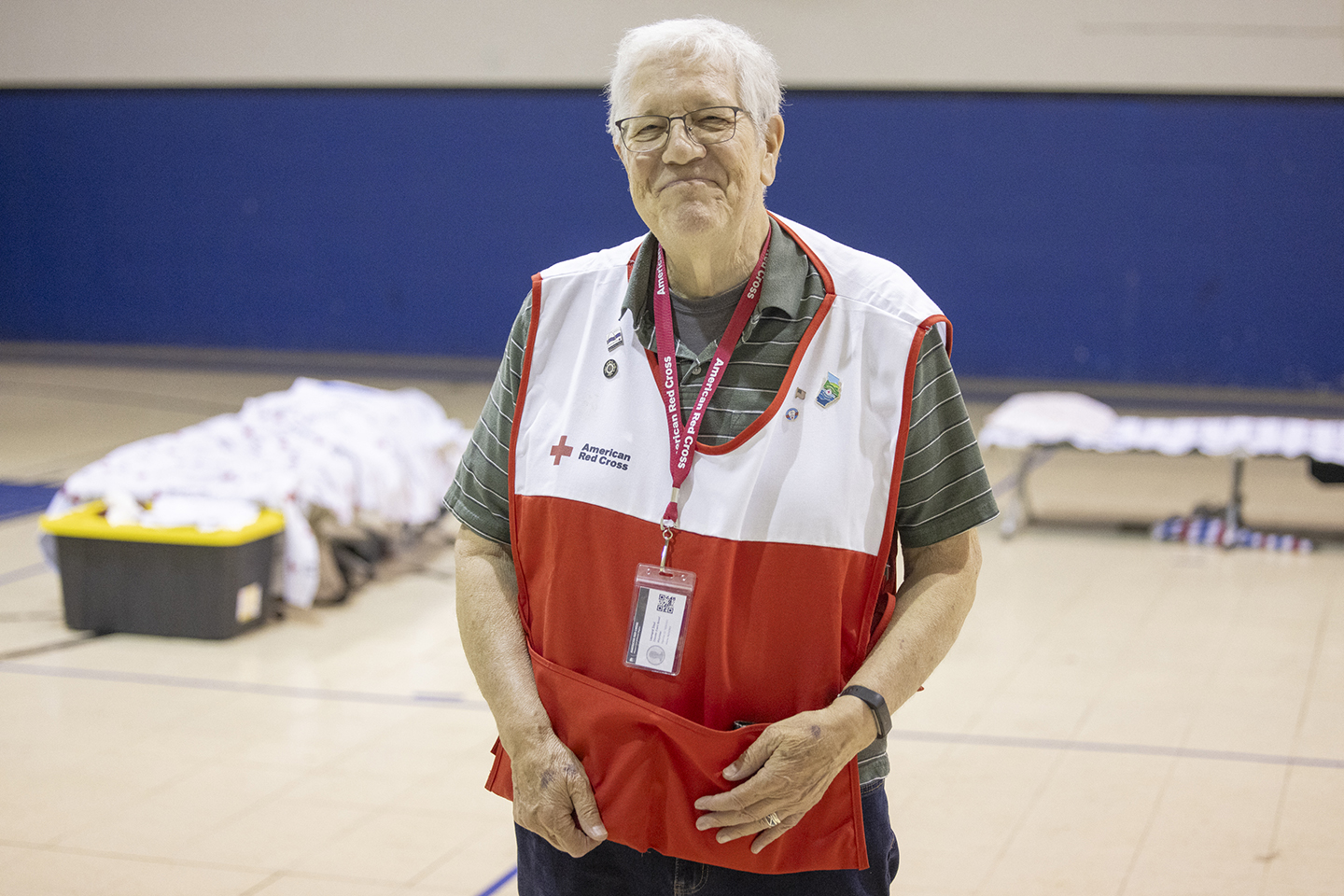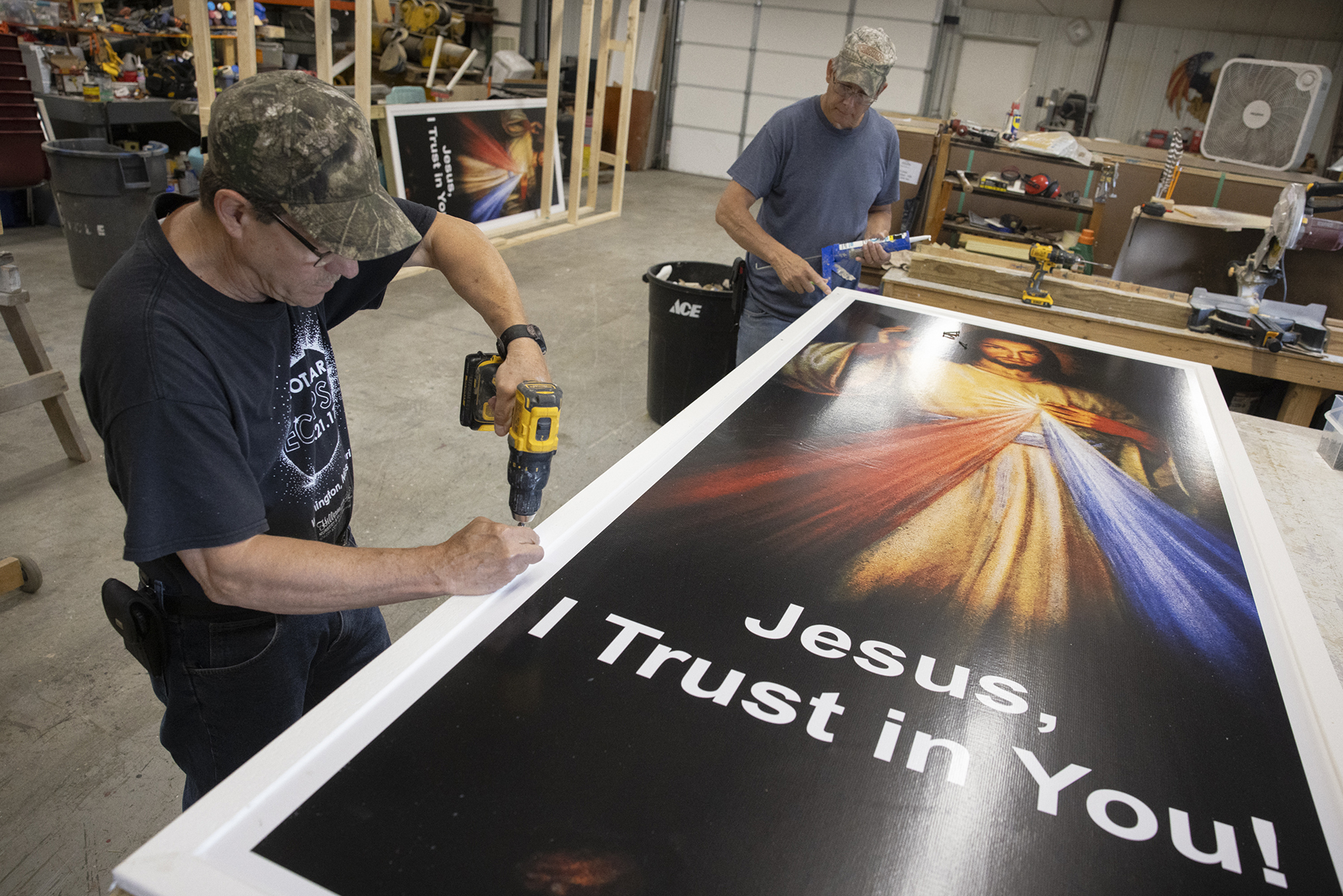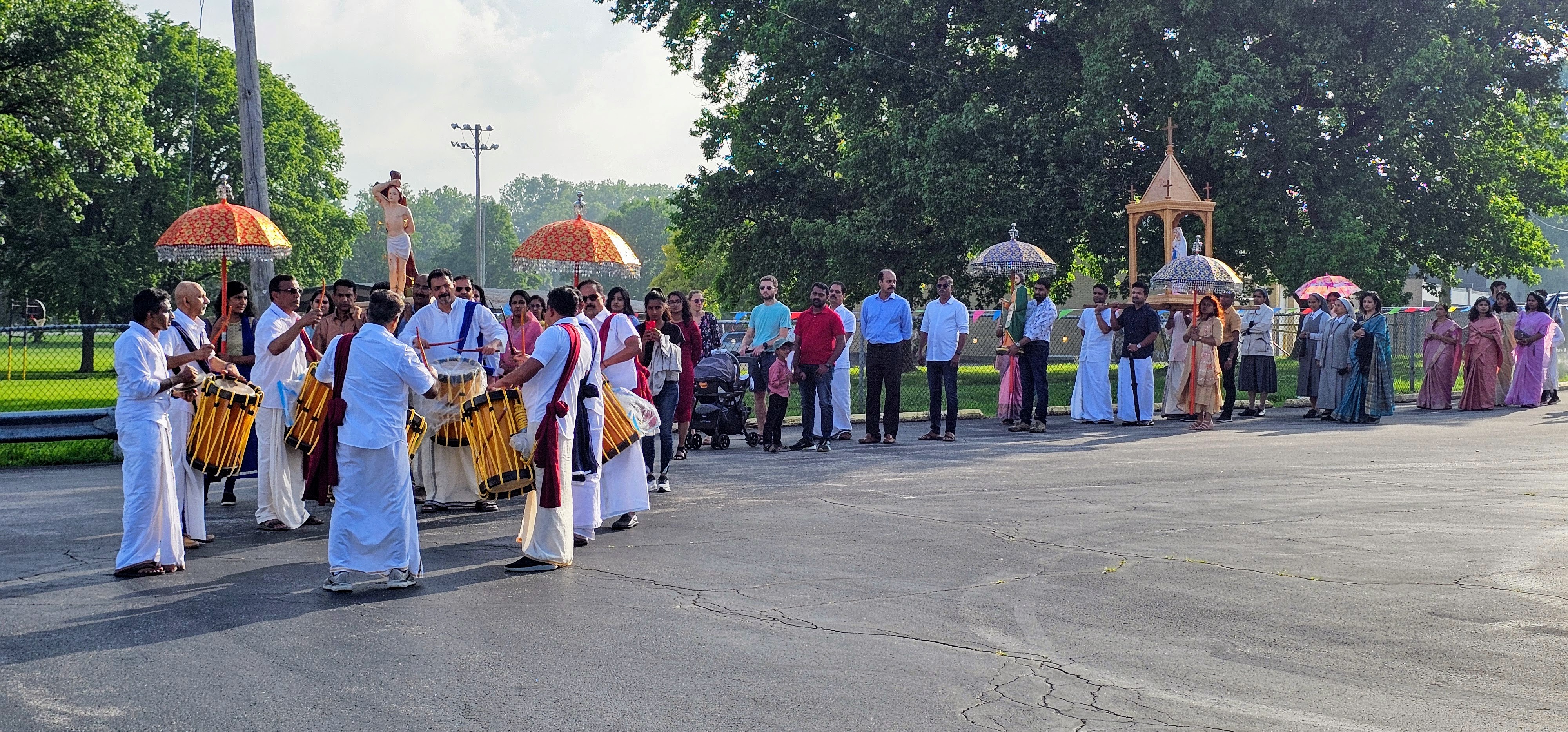St. Peter School in St. Charles to close at end of 2016-17 school year
Archbishop Robert J. Carlson has accepted a recommendation to close St. Peter School in St. Charles at the end of the 2016-17 school year, due to enrollment and financial struggles.
St. Peter will merge with St. Elizabeth-St. Robert Regional School in St. Charles, located about 4.5 miles west. Families were notified of the decision last month.
This year, the school had an enrollment of 109 students. Enrollment has dropped by 56 percent in the past 10 years. Expenses were expected to increase over the next few years, due to the aging school buildings and teacher and staff salaries. One of the buildings, which dates back to 1924, required an estimated $583,000 over the next five years to bring it up to code. The per student subsidy — the amount from the parish that subsidizes the tuition cost — also has increased from $1,300 to about $4,000 in the past decade and a half.
“Change is always difficult, and when it touches upon the future of our children and quality Catholic education, it takes on even greater weight,” pastor Father Stephen Bauer wrote to families in the Sunday bulletin.
Founded in 1848, St. Peter Church housed a school on the lower level. The original pastor, Father Joseph Rauch, educated the students, later hiring a layperson to help. In 1859, a convent was built, and following a request by the second pastor, Father Christopher Wapelhorst, the School Sisters of Notre Dame arrived in 1860. The sisters served there until 1996. Over the years, the school expanded and included the addition of several buildings.
St. Peter Parish is providing a $1,000 grant for each student who enrolls at St. Elizabeth-St. Robert. Additionally a $125 uniform allowance is being given to all students who attend any Catholic elementary school in the archdiocese. The parish would like to make the tuition grant perpetual, said Deacon Larry Boldt, using its return investment from Beyond Sunday contributions, as well as other financial sources, such as endowments.
Starting next year, St. Peter also will cover the fees for children of the parish who attend a combined Parish School of Religion at St. Robert Parish. “Our intent is to ensure quality Catholic education continues in St. Charles as best we can, especially for our parish families,” said Deacon Boldt.
In October, St. Peter Parish held a town hall meeting, which spelled out some of the concerns with declining enrollment and increasing parish subsidy. The discussion came after then-Auxiliary Bishop Edward M. Rice sent a letter to all pastors in the archdiocese noting the dramatic changes in Catholic education in the past 50 years. Many schools are operating with substantial financial support (subsidy) from the parish — often higher than the recommended 20 percent — placing themselves in financial jeopardy.
“Costs continue to increase exponentially, partially driven by religious sisters and brothers having been replaced with dedicated lay teachers,” he wrote. “The declining number of marriages and births continue to impact enrollment levels. … It is obvious that we need to be smarter in the use of financial and academic resources.”
With the smallest parish boundaries in the St. Charles Deanery, St. Peter has only 11 school families living within the parish boundaries. There has been no significant new housing development within the boundaries in the past 60 years, although there has been an expansion of nearby Lindenwood University, SSM Health St. Joseph Hospital (located across the street from the school) and other commercial development.
St. Peter, along with neighboring Academy of the Sacred Heart, St. Robert, St. Cletus, St. Charles Borromeo, St. Elizabeth Ann Seton and Sts. Joachim and Ann, are all located within a five-mile radius in St. Charles. With significantly fewer students today compared to previous generations, the schools are vying to maintain enrollments.
Renaissance of Catholic Education
To learn more about the renaissance of Catholic education in the Archdiocese of St. Louis, visit www.archstl.org/renaissance.
Archbishop Robert J. Carlson has accepted a recommendation to close St. Peter School in St. Charles at the end of the 2016-17 school year, due to enrollment and financial struggles. … St. Peter School in St. Charles to close at end of 2016-17 school year
Subscribe to Read All St. Louis Review Stories
All readers receive 5 stories to read free per month. After that, readers will need to be logged in.
If you are currently receive the St. Louis Review at your home or office, please send your name and address (and subscriber id if you know it) to subscriptions@stlouisreview.com to get your login information.
If you are not currently a subscriber to the St. Louis Review, please contact subscriptions@stlouisreview.com for information on how to subscribe.







